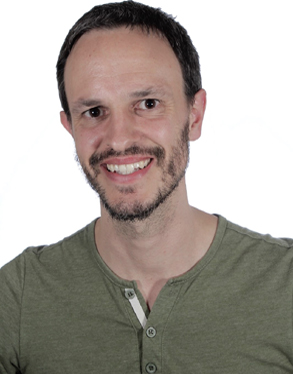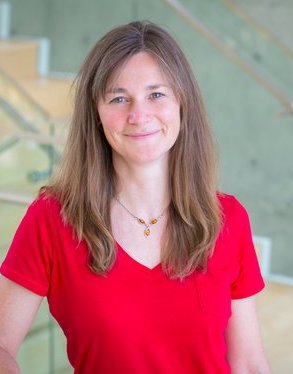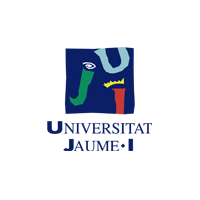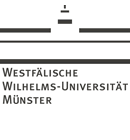What is GeoMundus?
GeoMundus is a free international Conference organized by students for students. The organizing committee is the students from the Erasmus Mundus Master of Science in Geospatial Technologies.
The conference aims to share cutting-edge scientific research, knowledge, and skills in the fields of Geospatial Technologies, Geoinformatics, and Geosciences, including but not limited to geographic information systems and sciences,
spatial cognition, geography, and spatial data sciences.
Please see Programme Section for more detailed information.
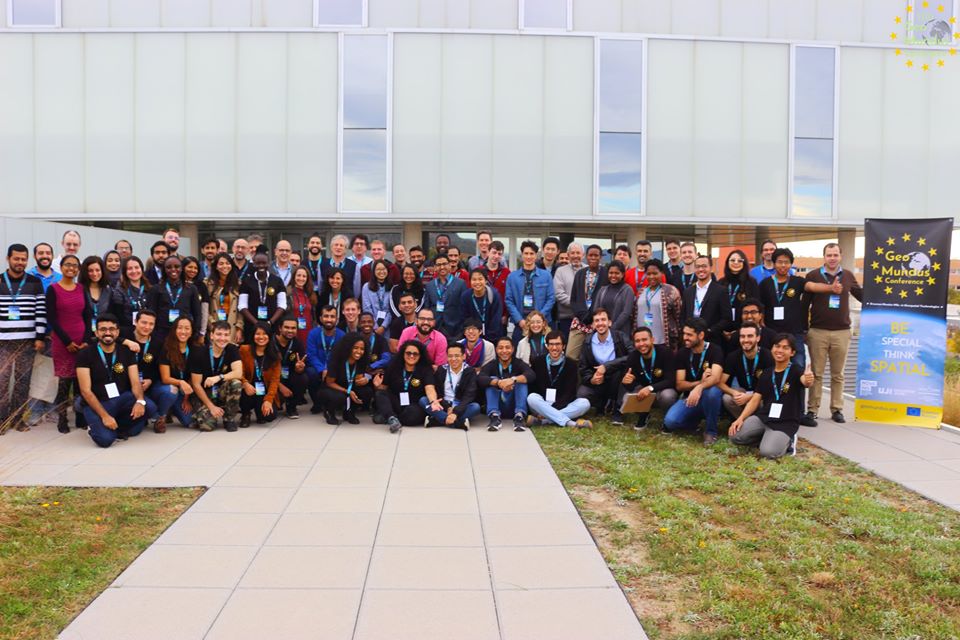
Why GeoMundus?
GeoMundus is an opportunity to learn about and share scientific research, knowledge, and skills with other students and researchers of all things ‘Geo’. Every year it will give participants the chance to learn about technological advancements of GI, research activities and applications of geospatial technologies in today’s world. GeoMundus is unique, featuring workshops where participants can experience first-hand the future of the field as well as a career session specially designed for students interested in a geospatial career.
